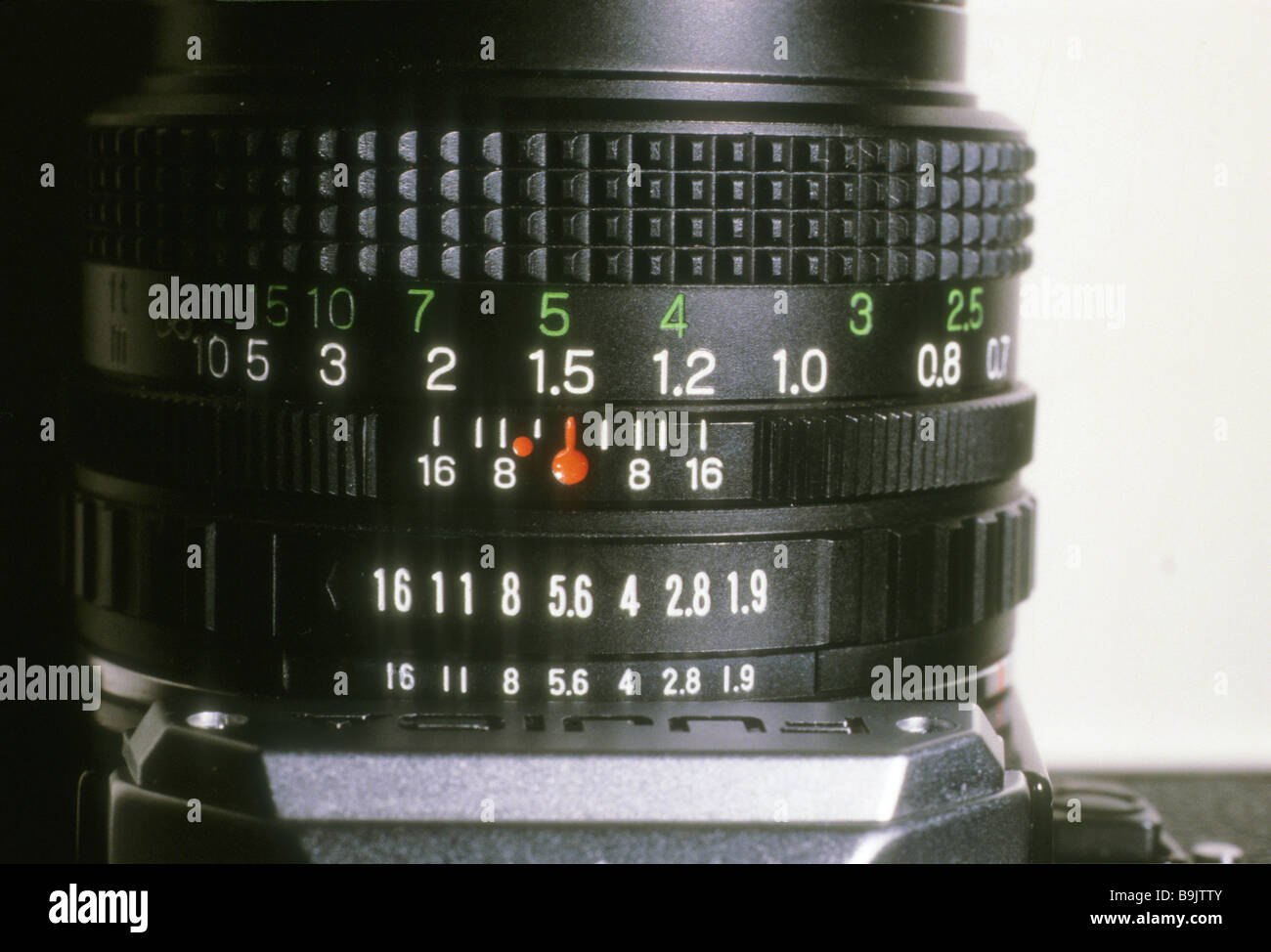
The sweet spot for my go-to lens Sony 16-70 f4 is f/8.

See also: Should You Keep or Remove EXIF Data from your PhotosĮach lens is different but ingeneral the aperture range of f/5.6 – f/11 produces the sharpest and the cleanest images. It varies from one lens model to another. The sweet spot of a lens is the aperture value (f-stop number) that is considered to produce optimally sharp photos with the least amount of distortion and fringing and the best sharpness. The smaller opening results in less light and darker photos. Lightīigger the opening more light travel through the lens making our photographs brighter. And as the aperture opening is getting smaller the Depth of Field gets wider. Visual representation of the relationship between the Depth of Field (DOF) and the F-Stops. The F-Stop Chart displays the relationship between one-stop, half-stop and third stop increments. For example, by changing the f-number from f/8 to f/9 we only reduce the amount of the light that passes through the lens by one-third.
LOWEST F STOP LENS FULL
Modern digital cameras allow us to change the aperture in a variety of increments, starting from full stop to one-third stop. Related: Top 10 Outdoor Photography Tips Full Stop – 1/2 Stop – 1/3 Stop It would be impossible to illustrate such a tiny opening. For example, the actual area of the aperture on 50mm lens at f/22 is only 4 square millimeters large. It is here to help you to visualize the relationship between different apertures.


The size of the aperture in the F-Stop Chart does not represent the actual size of the aperture accurately.


 0 kommentar(er)
0 kommentar(er)
